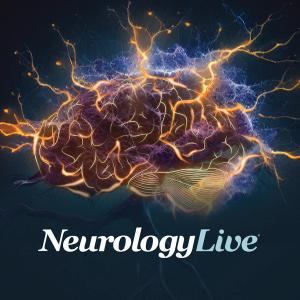|Videos|October 28, 2020
Advances in the Management of Acute Treatment of Migraine
Advertisement
Newsletter
Keep your finger on the pulse of neurology—subscribe to NeurologyLive for expert interviews, new data, and breakthrough treatment updates.
Advertisement
Related Articles
 Pathophysiology of Myasthenia Gravis
Pathophysiology of Myasthenia GravisSeptember 18th 2025
Latest CME
Advertisement
Advertisement
Trending on NeurologyLive - Clinical Neurology News and Neurology Expert Insights
1
Daridorexant Provides Relief for Insomnia in Women During Menopausal Transition
2
Stem Cells of Secondary Progressive Multiple Sclerosis Drive Increased Proinflammatory T-Cell Activity
3
New Study Finds Link Between Gut Hormone GLP-1 and NMOSD Symptoms, Paving Way for Targeted Treatments
4
RELIEV-CM Pilot Study Data Further Supports ShiraTronics’ Neuromodulation Device to Treat Chronic Migraine
5












































